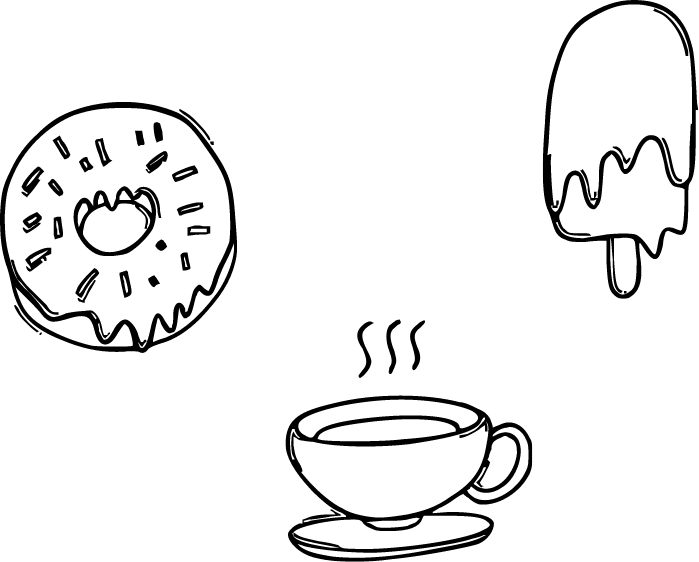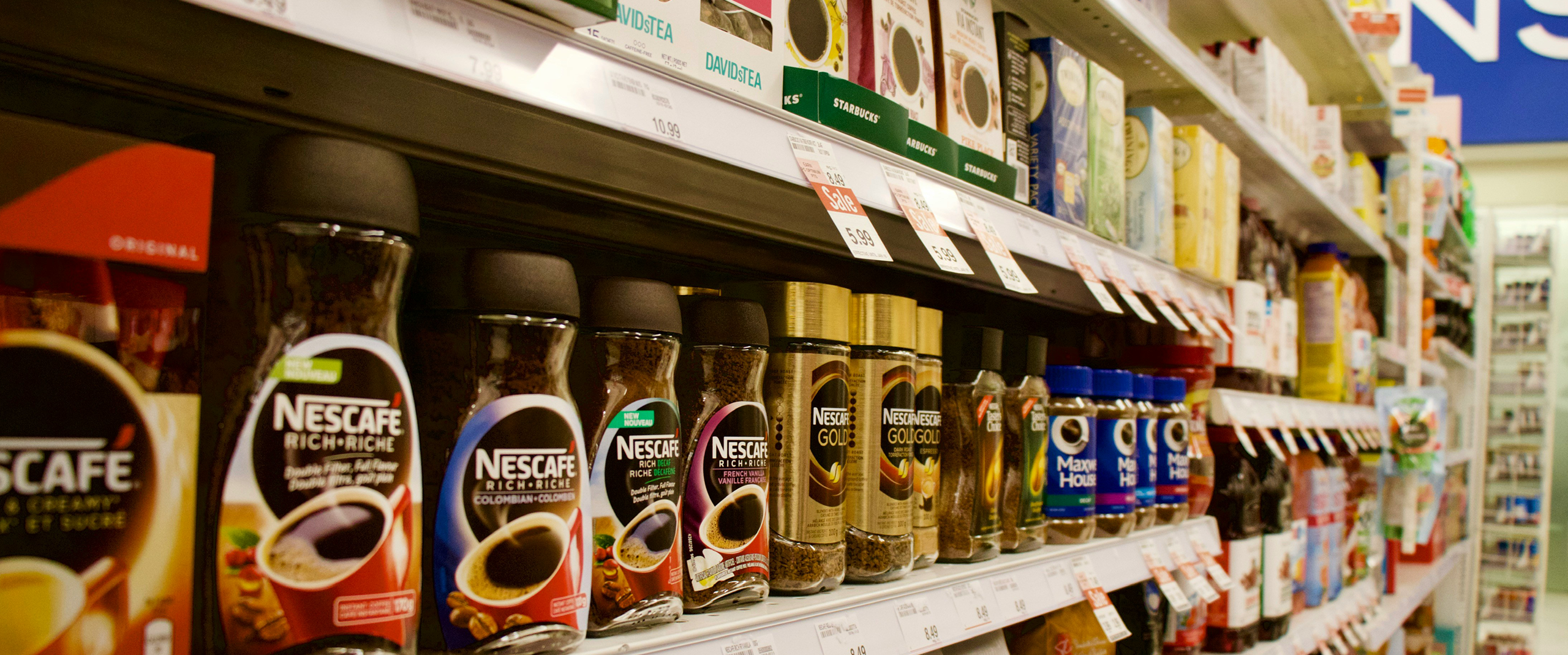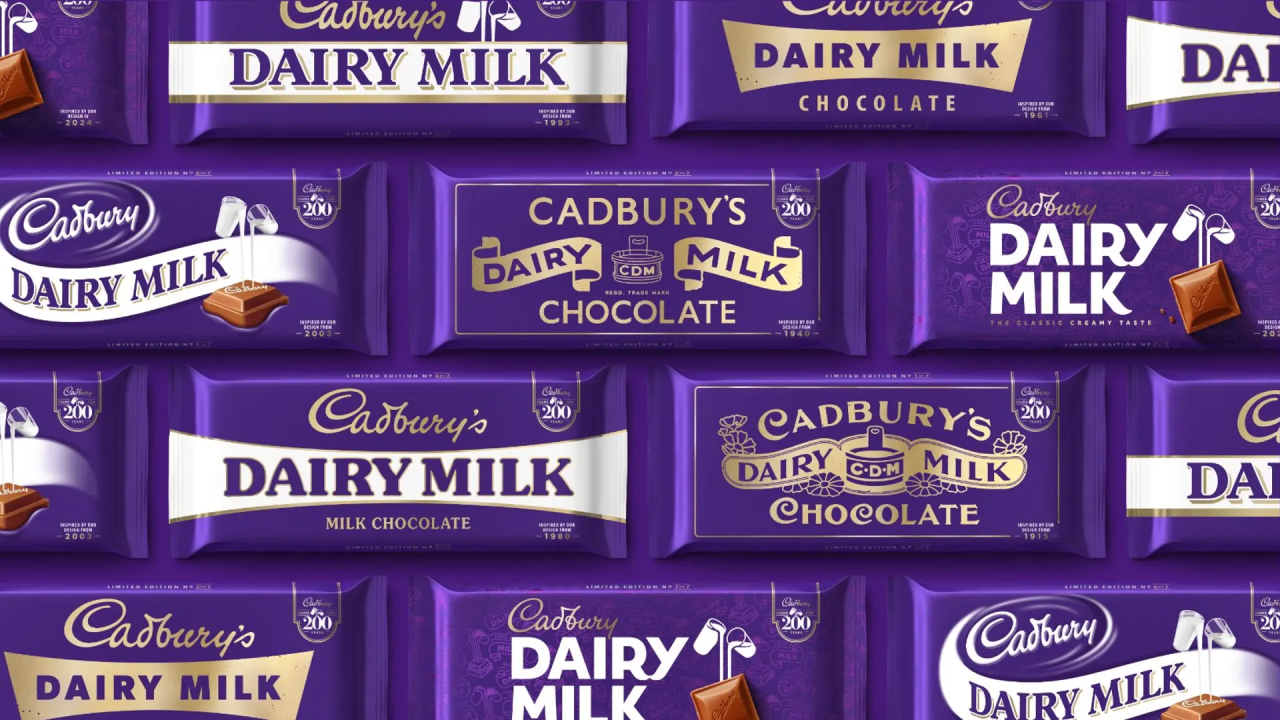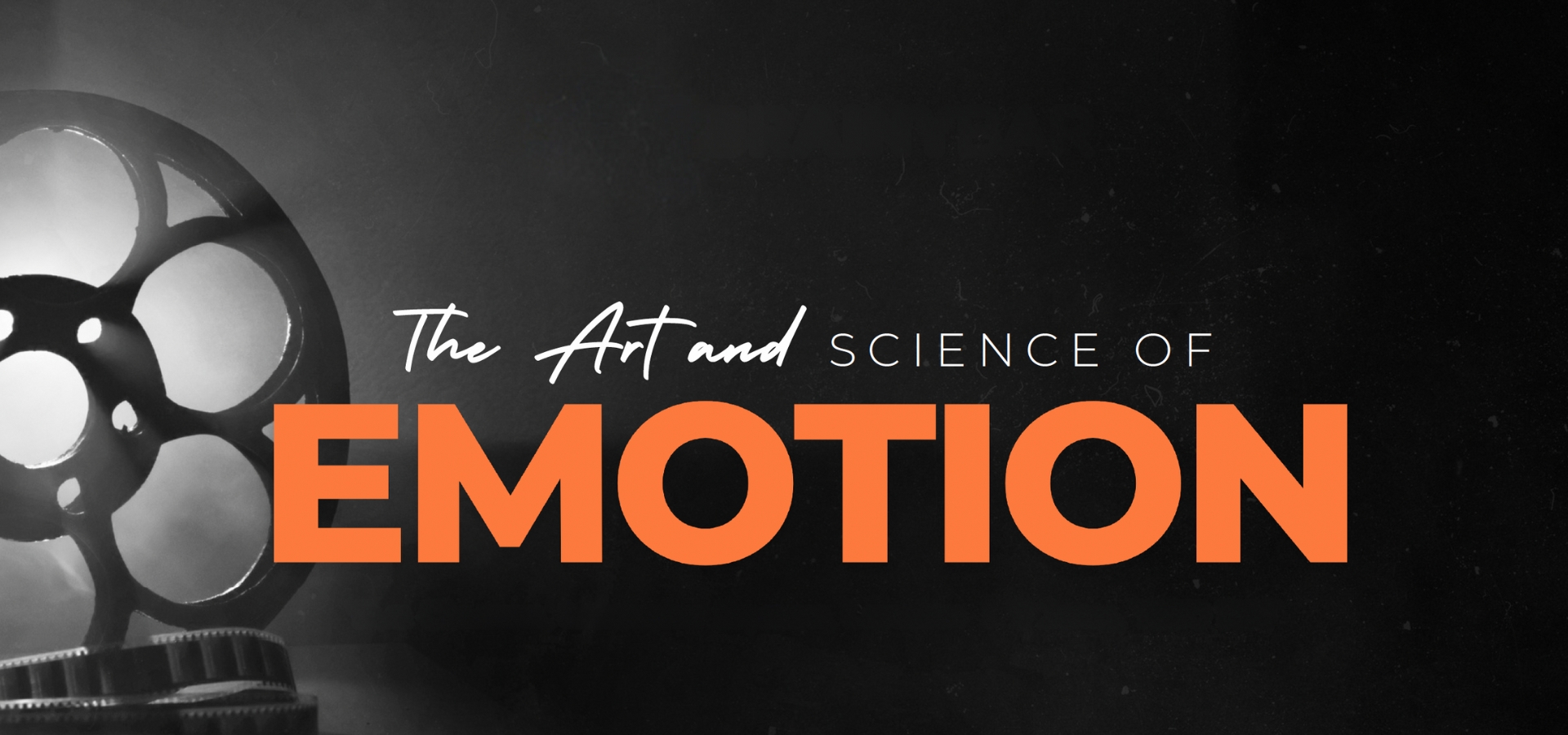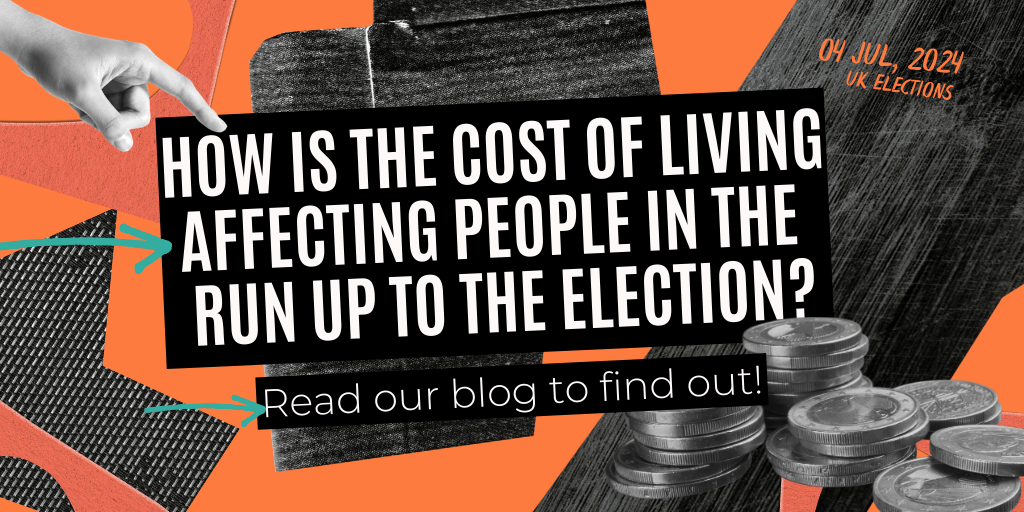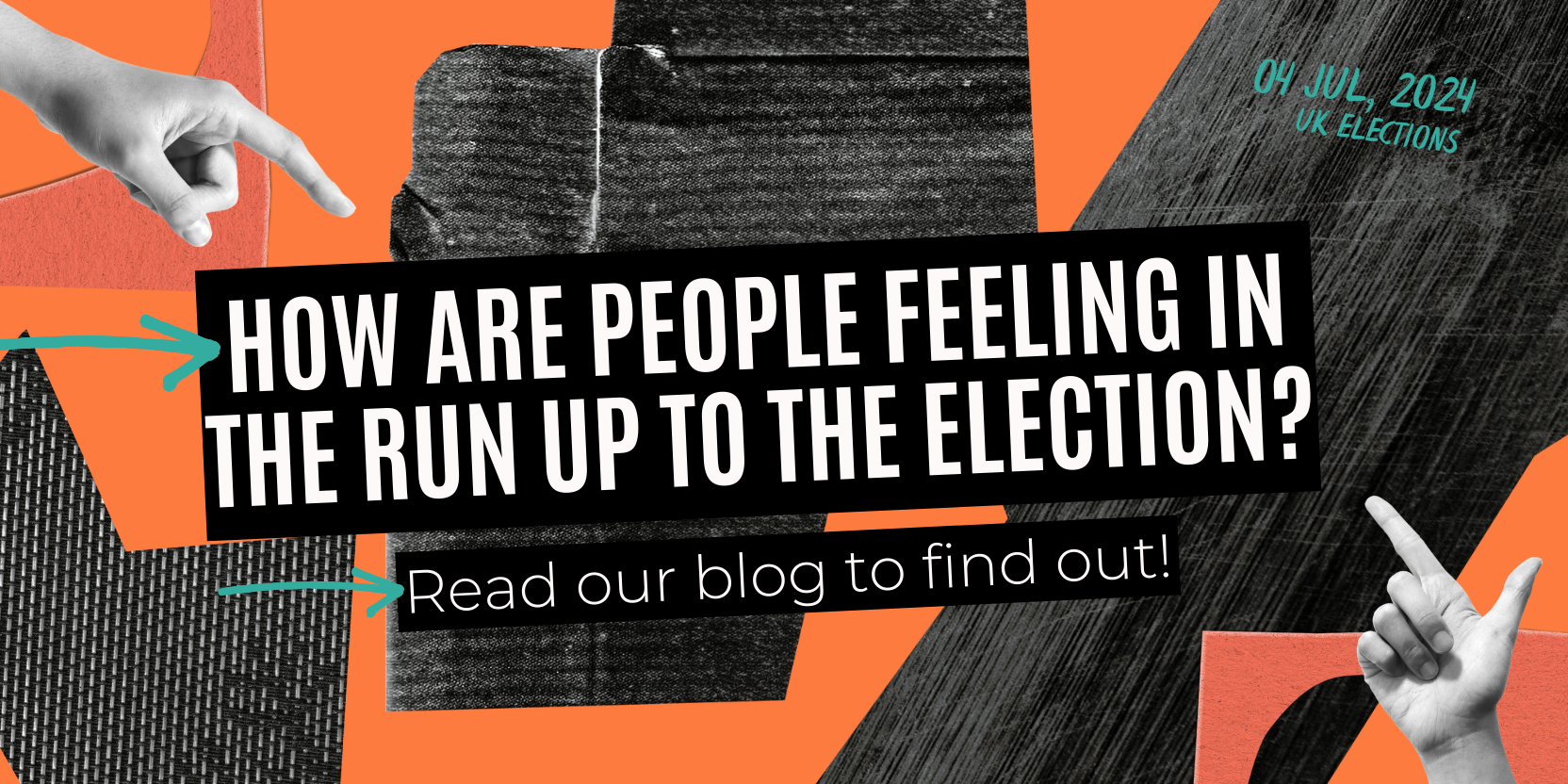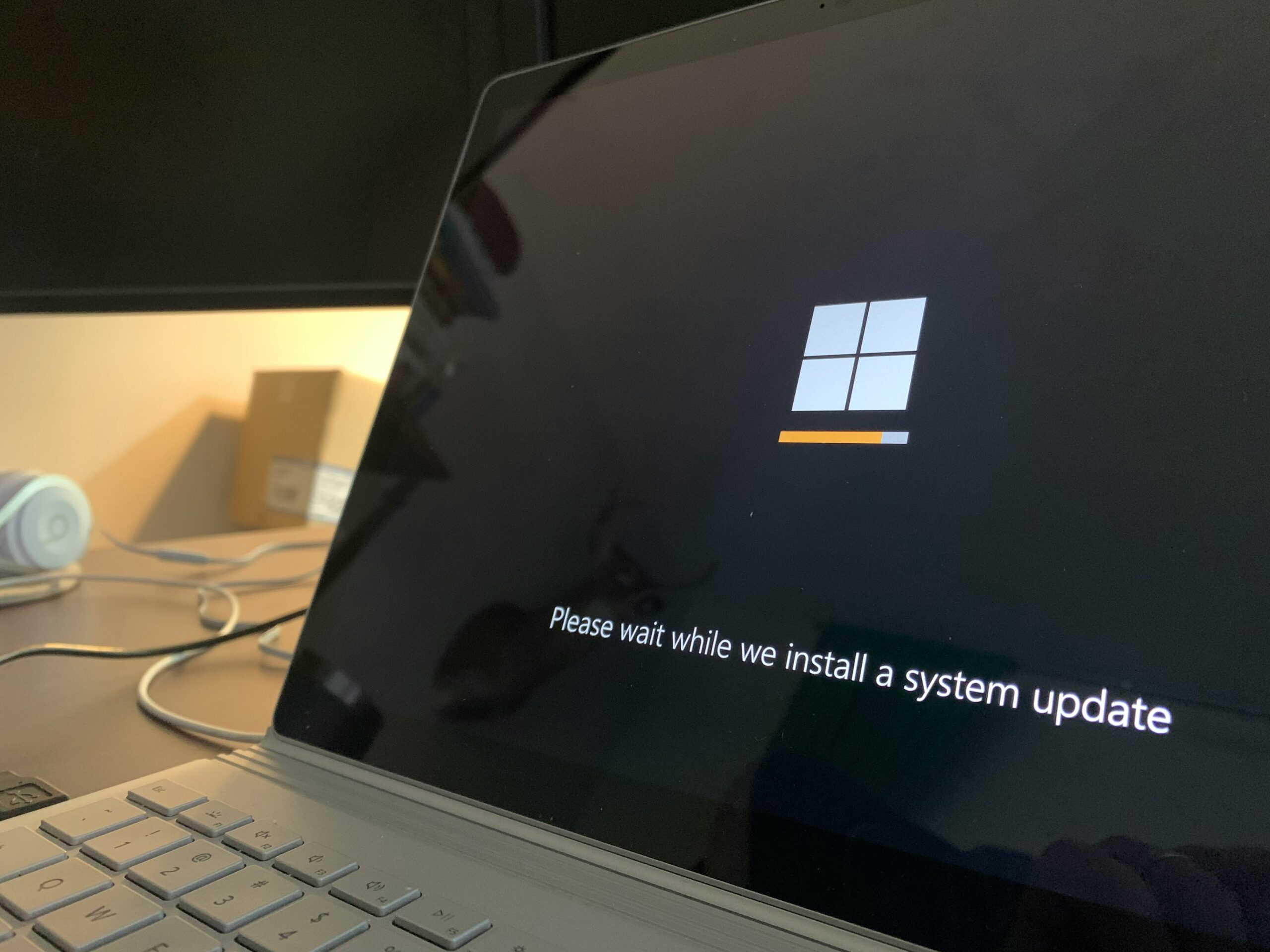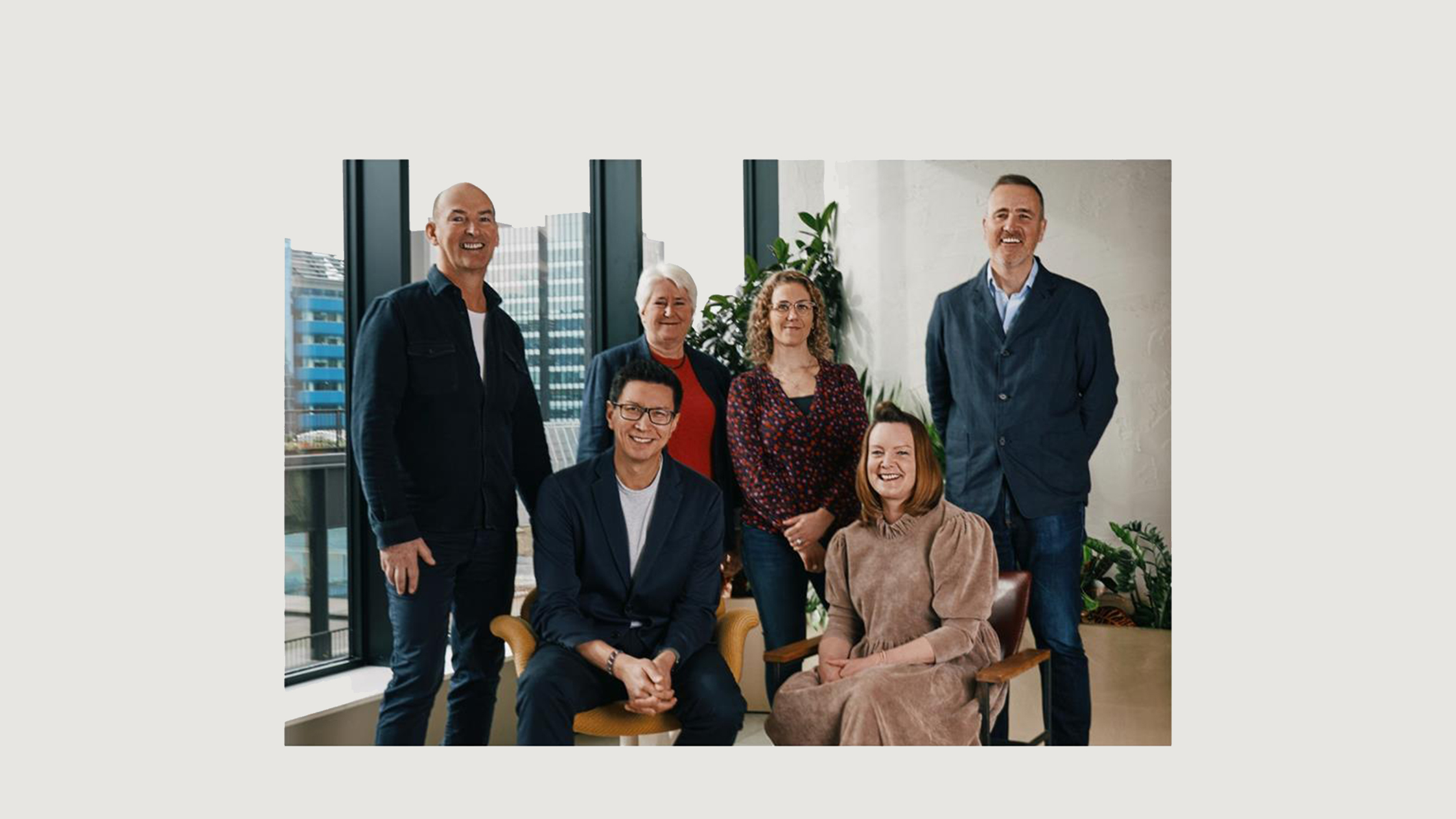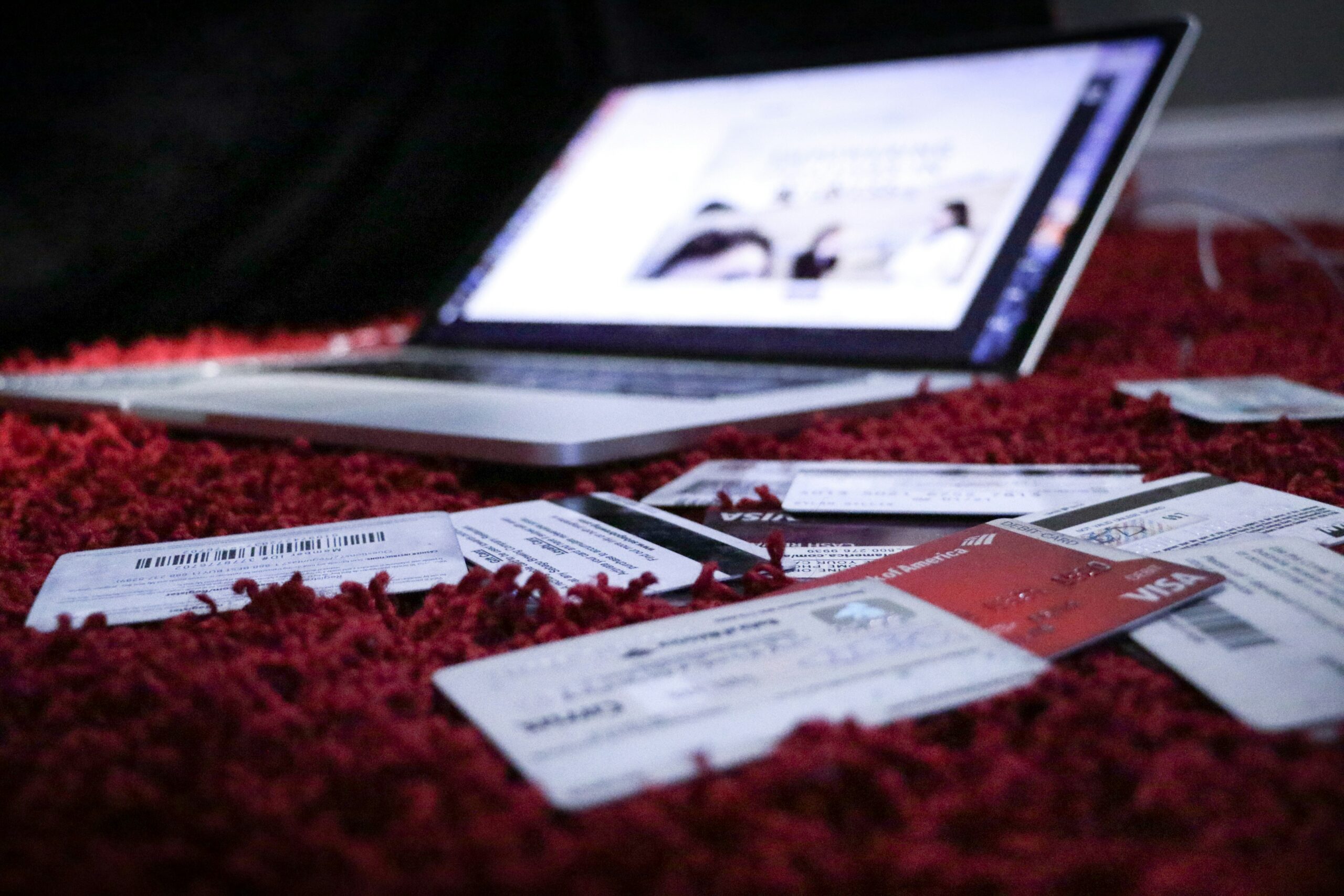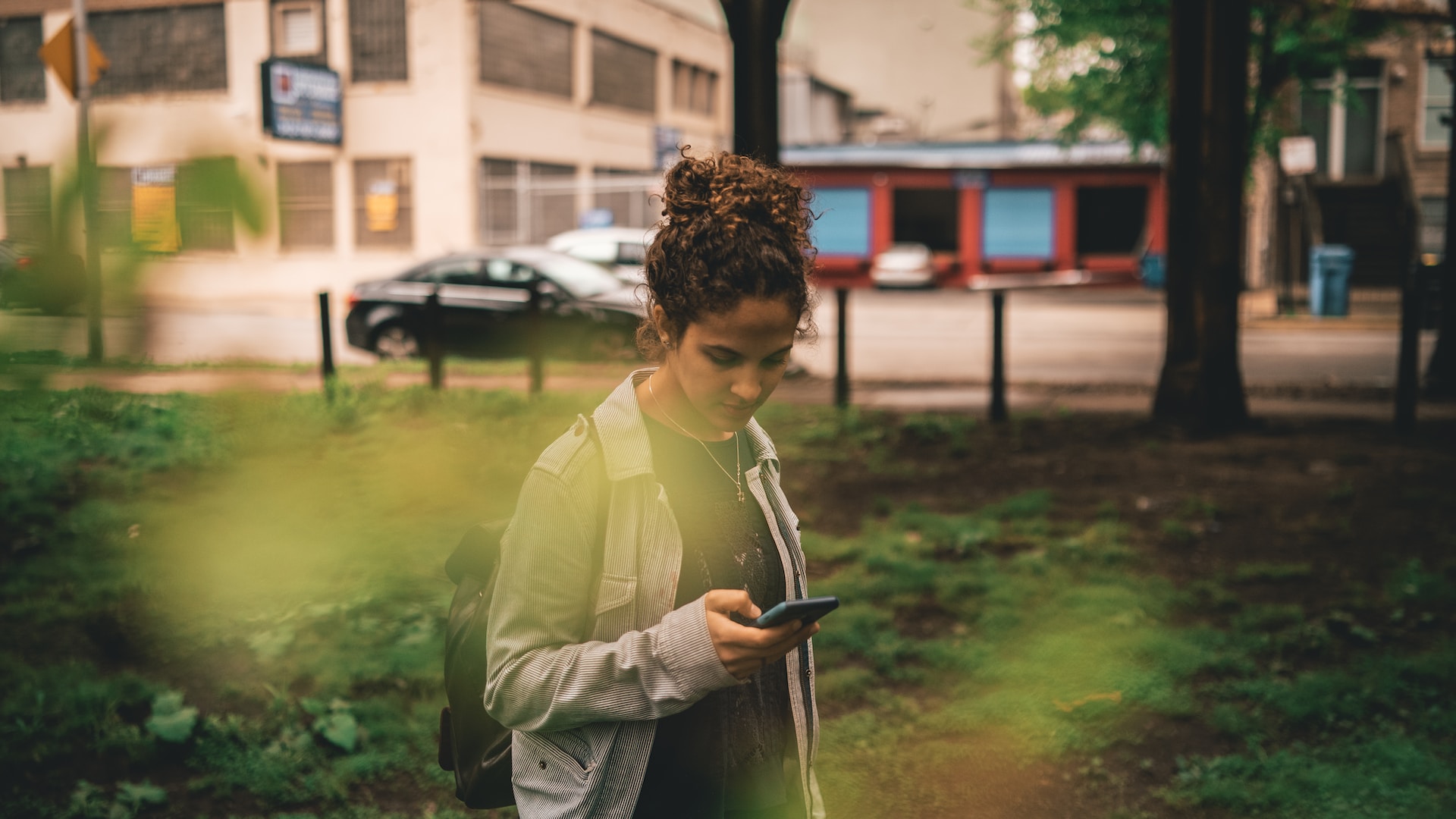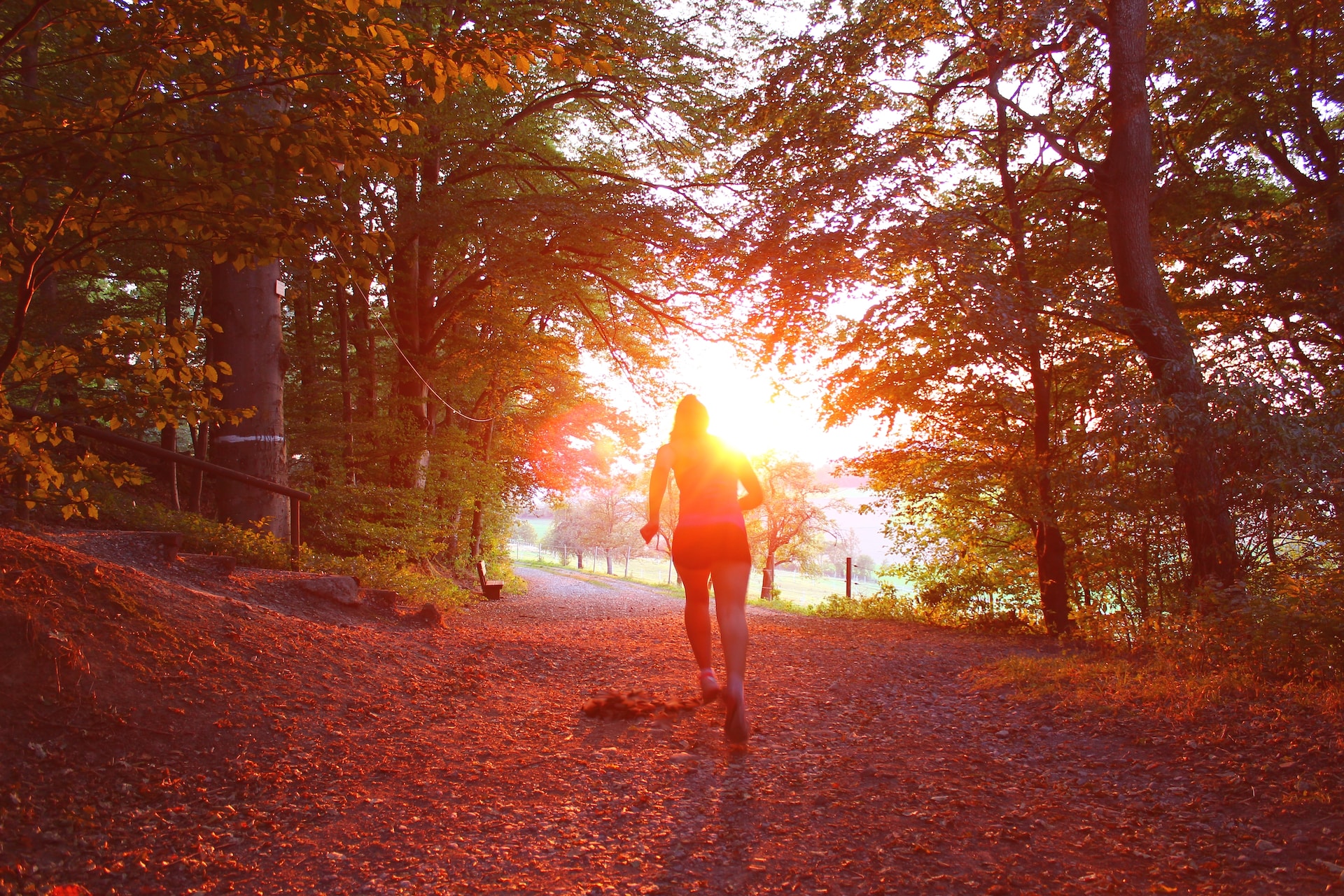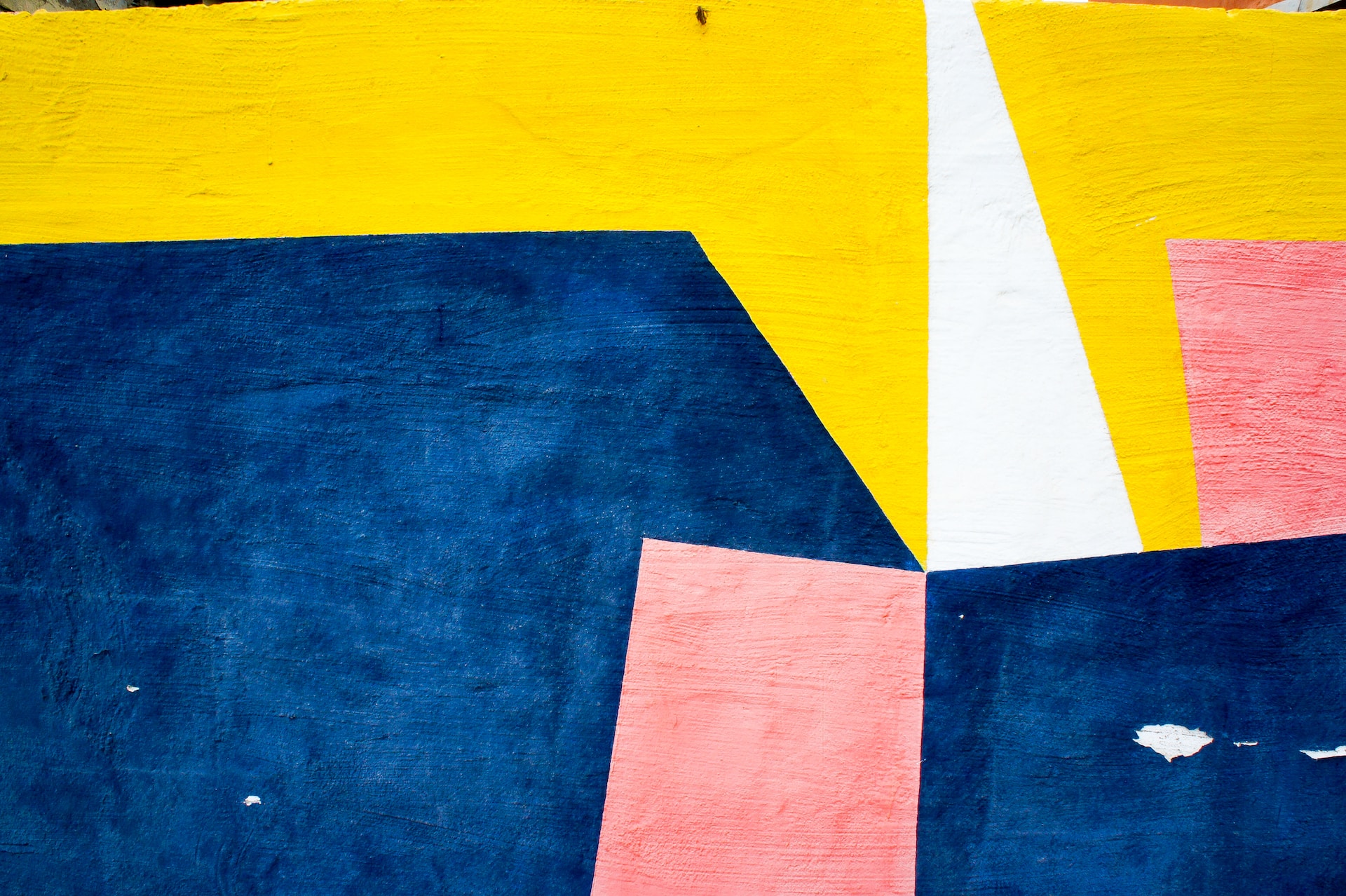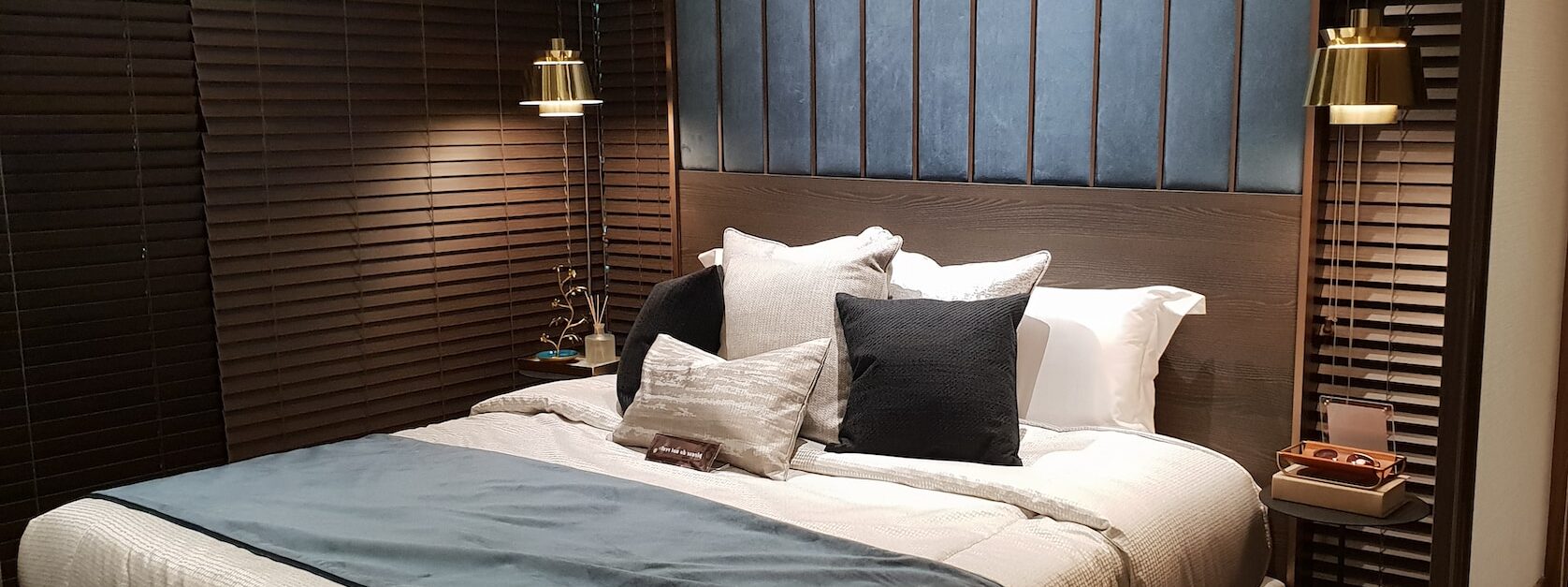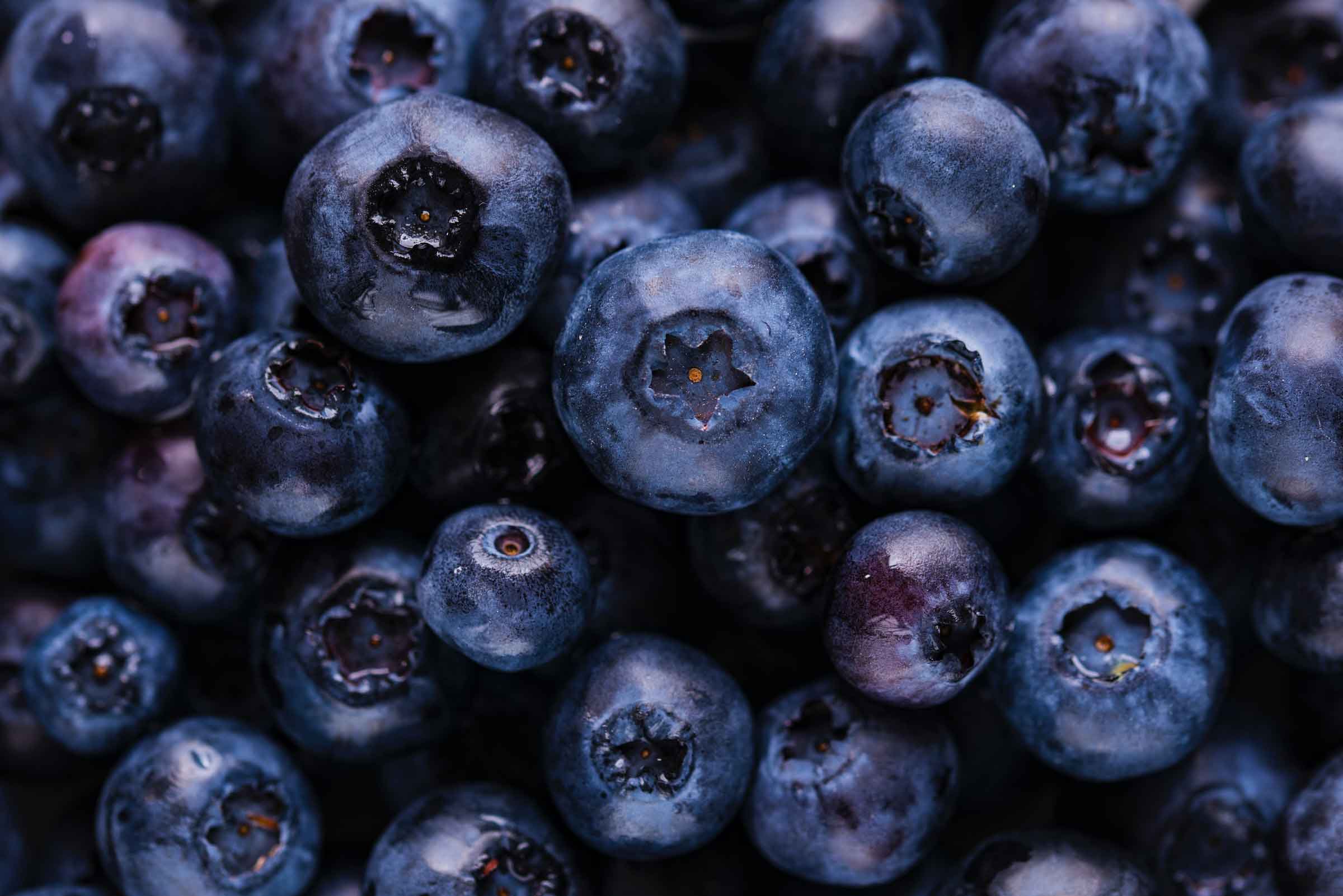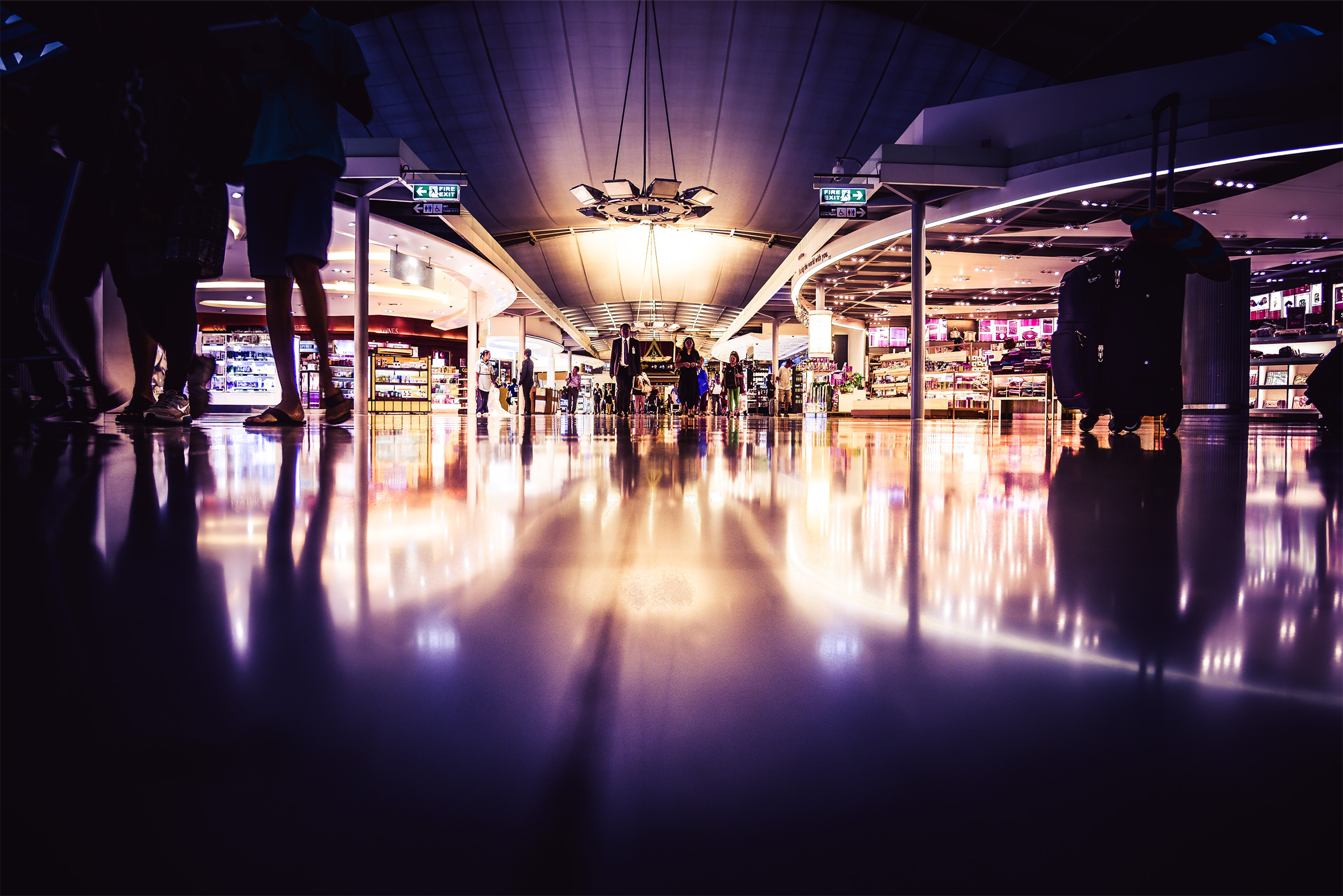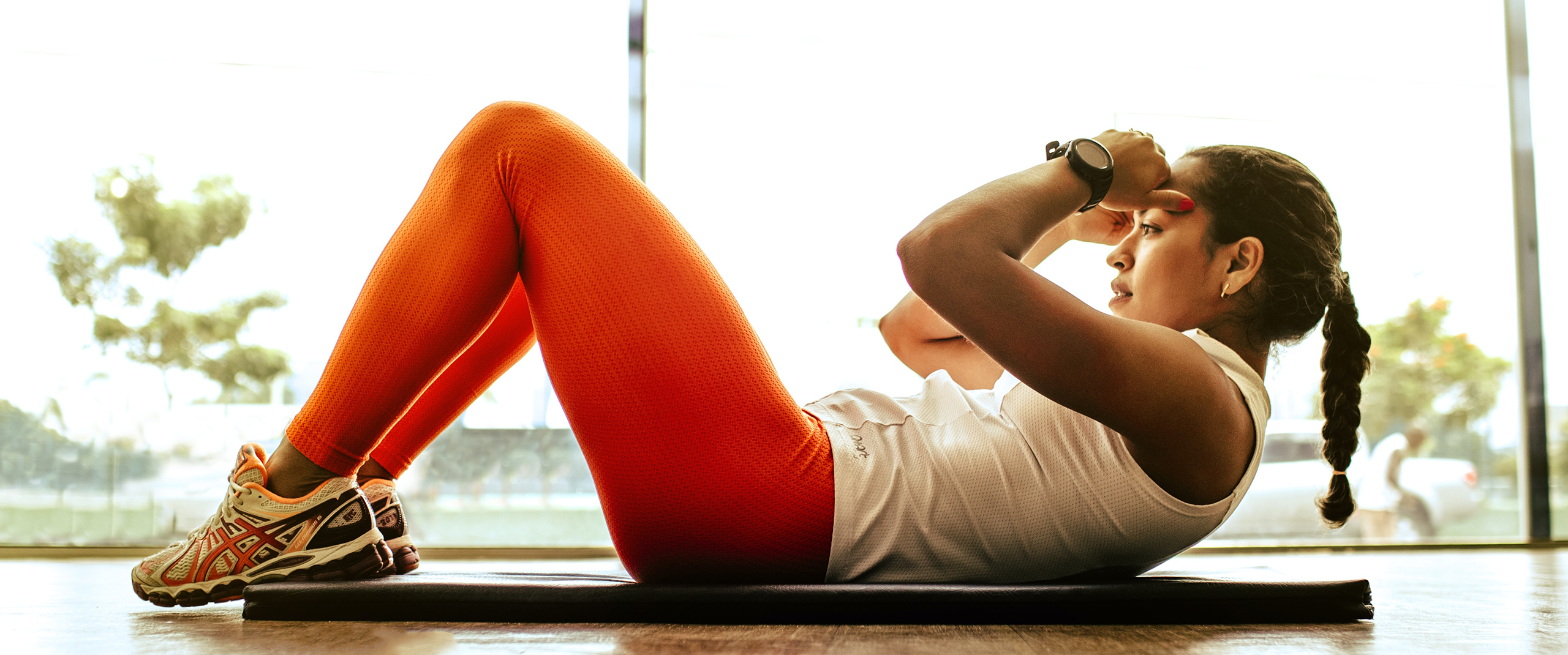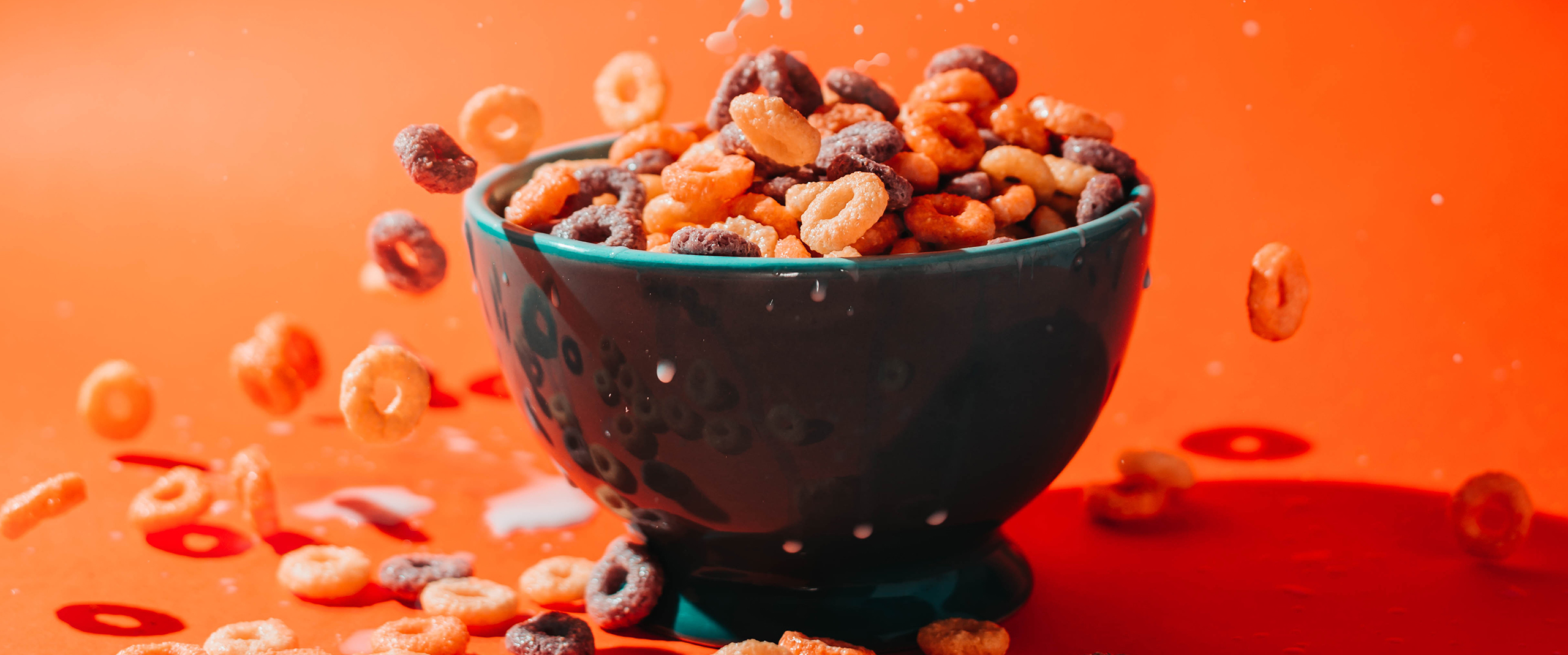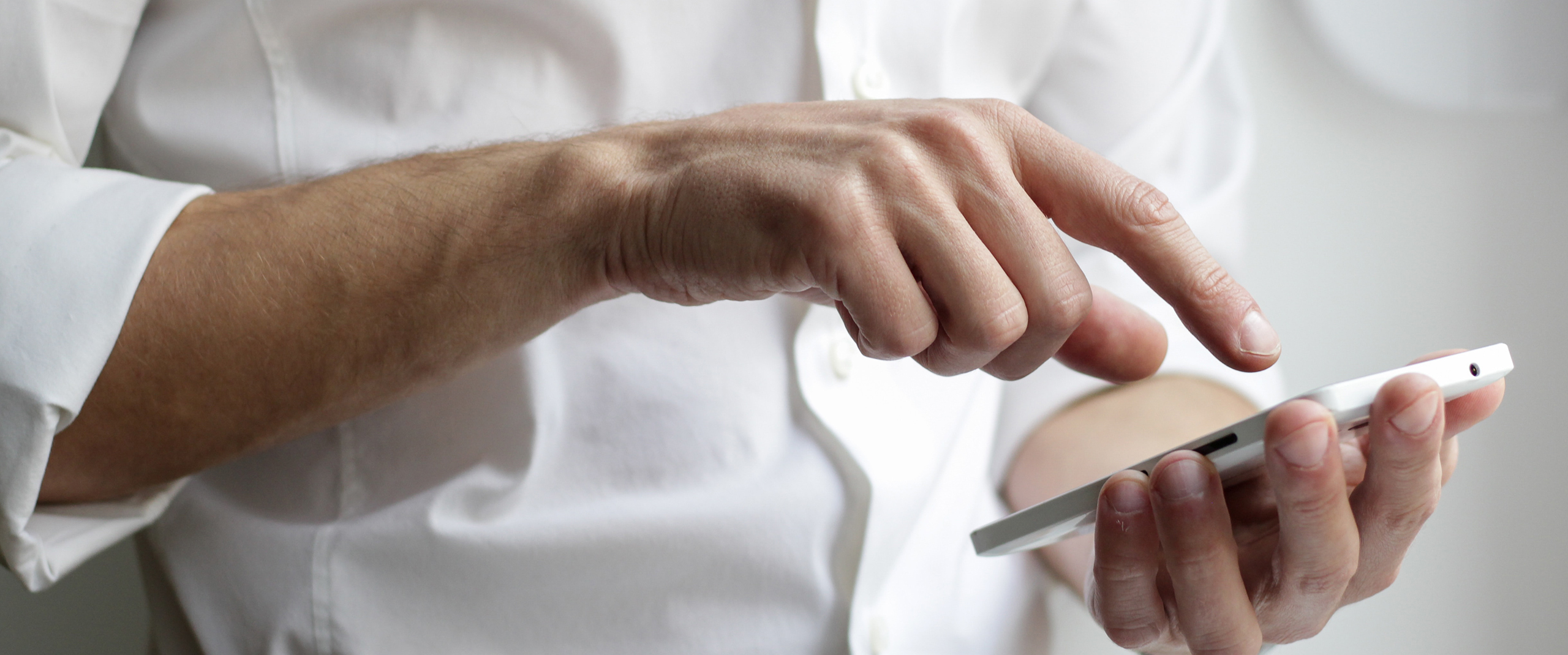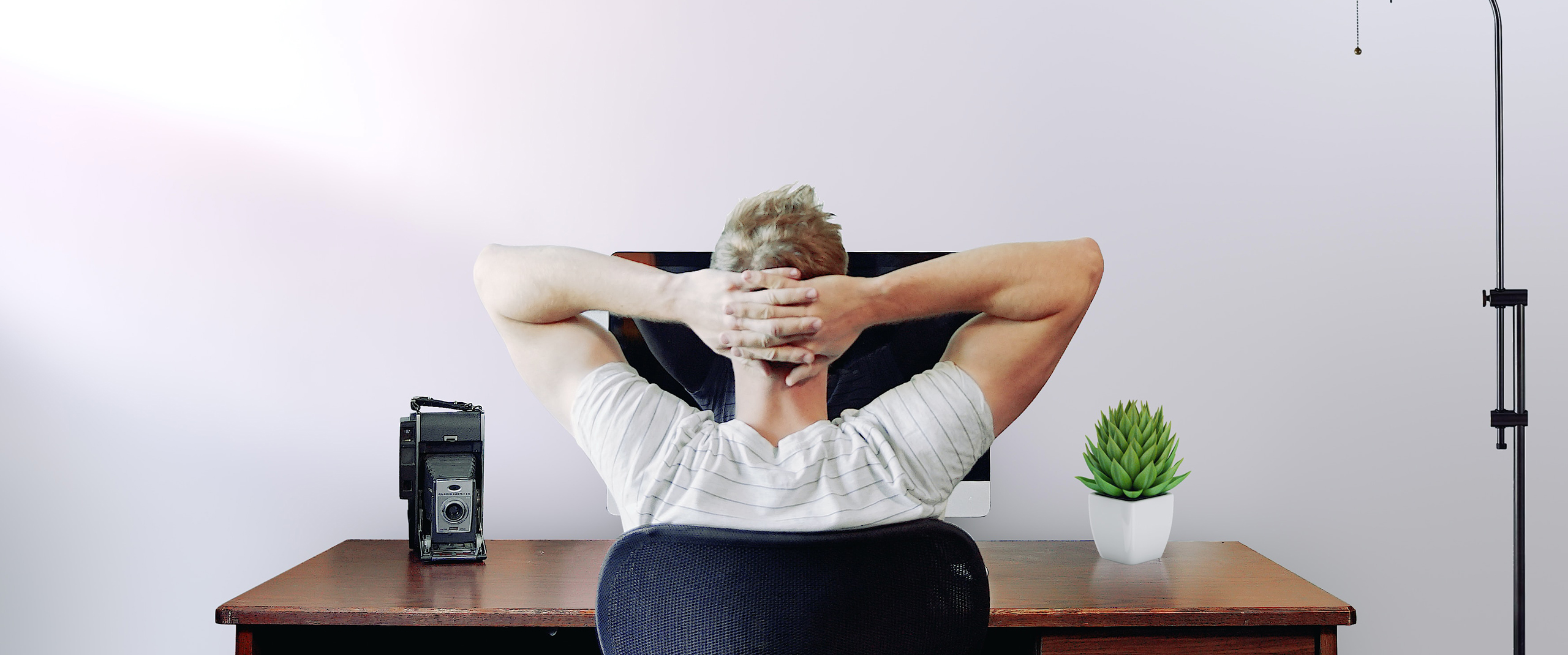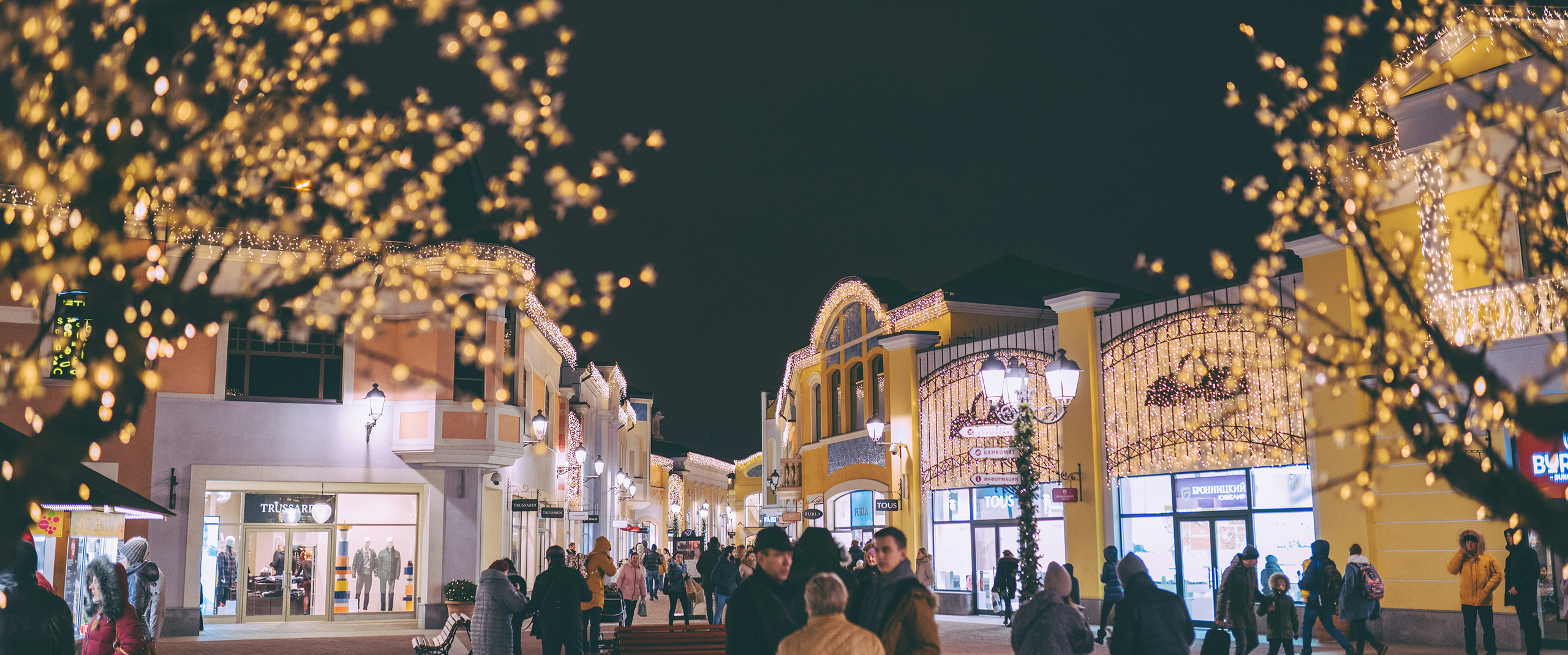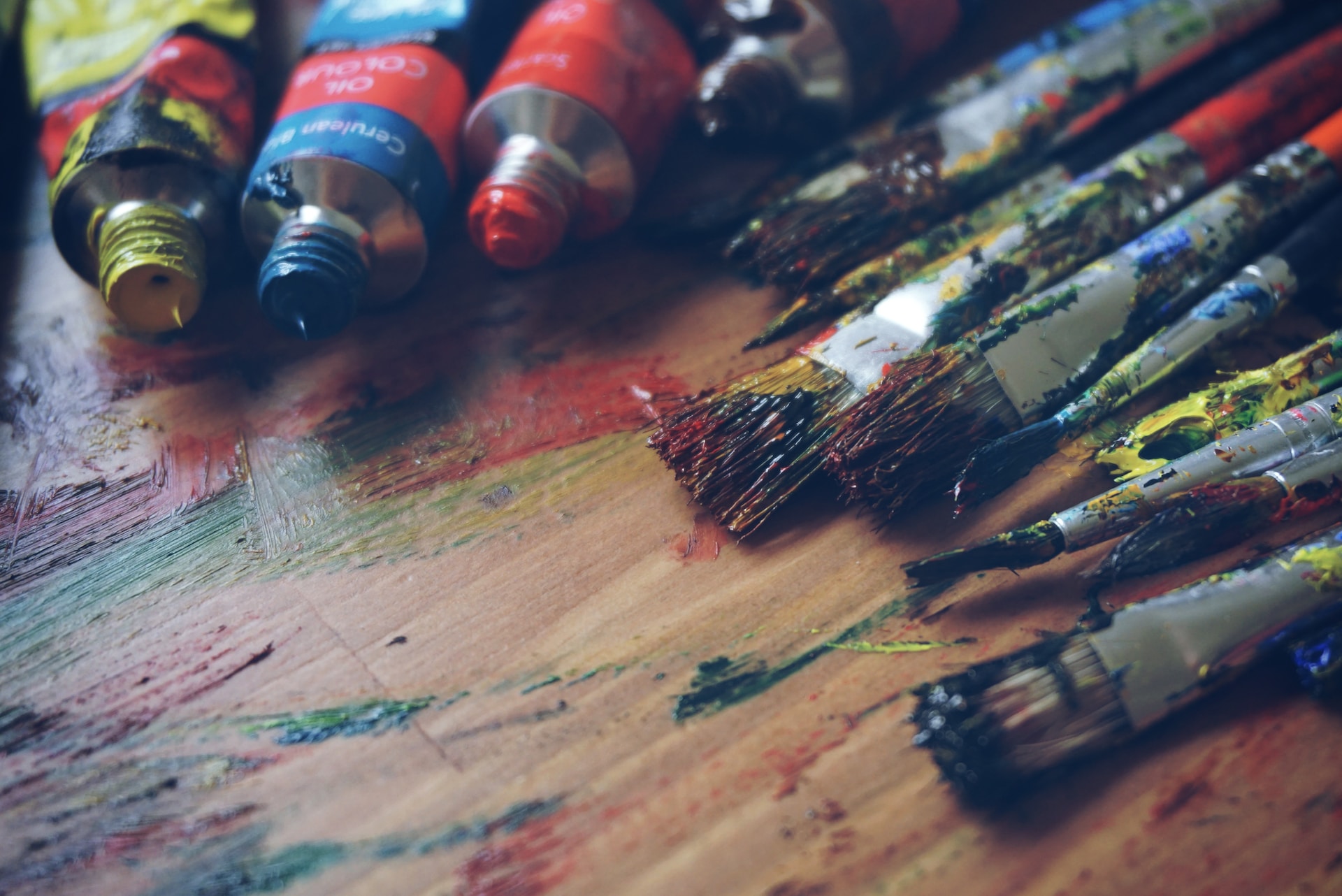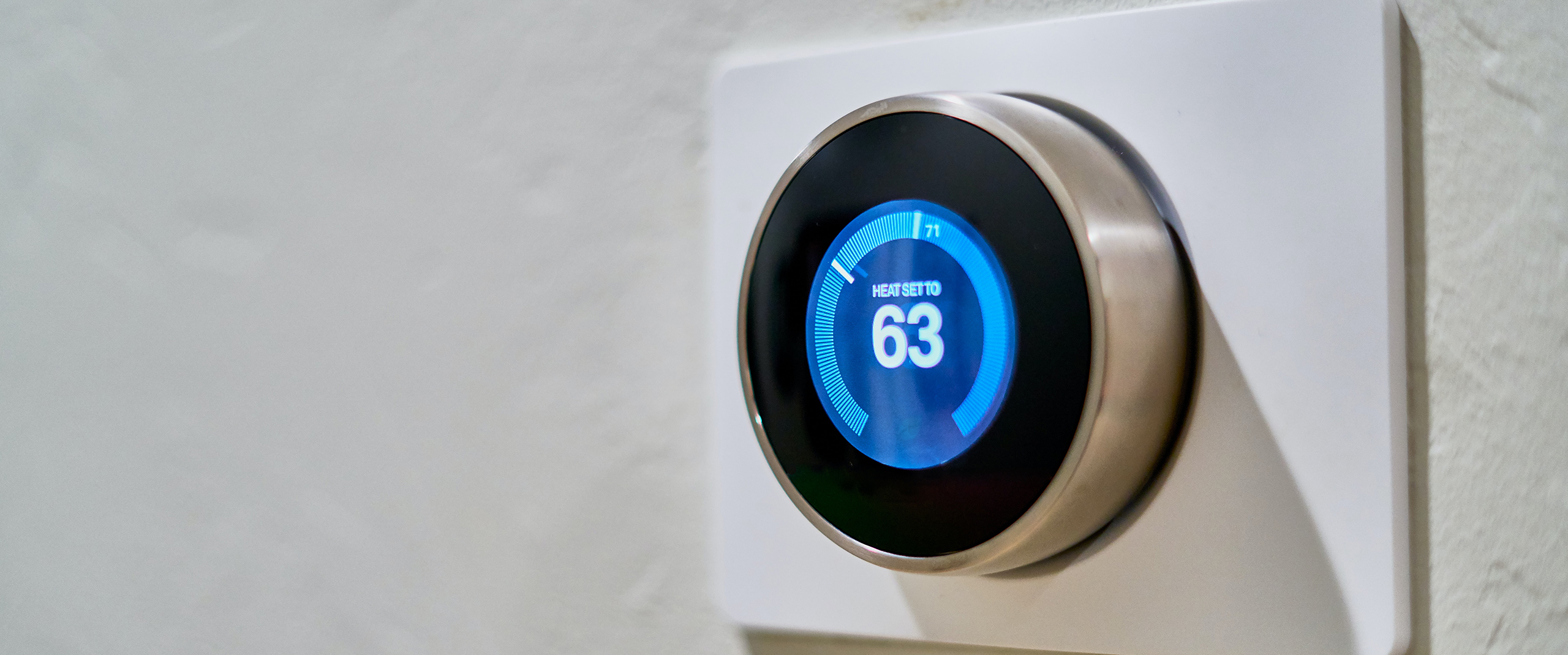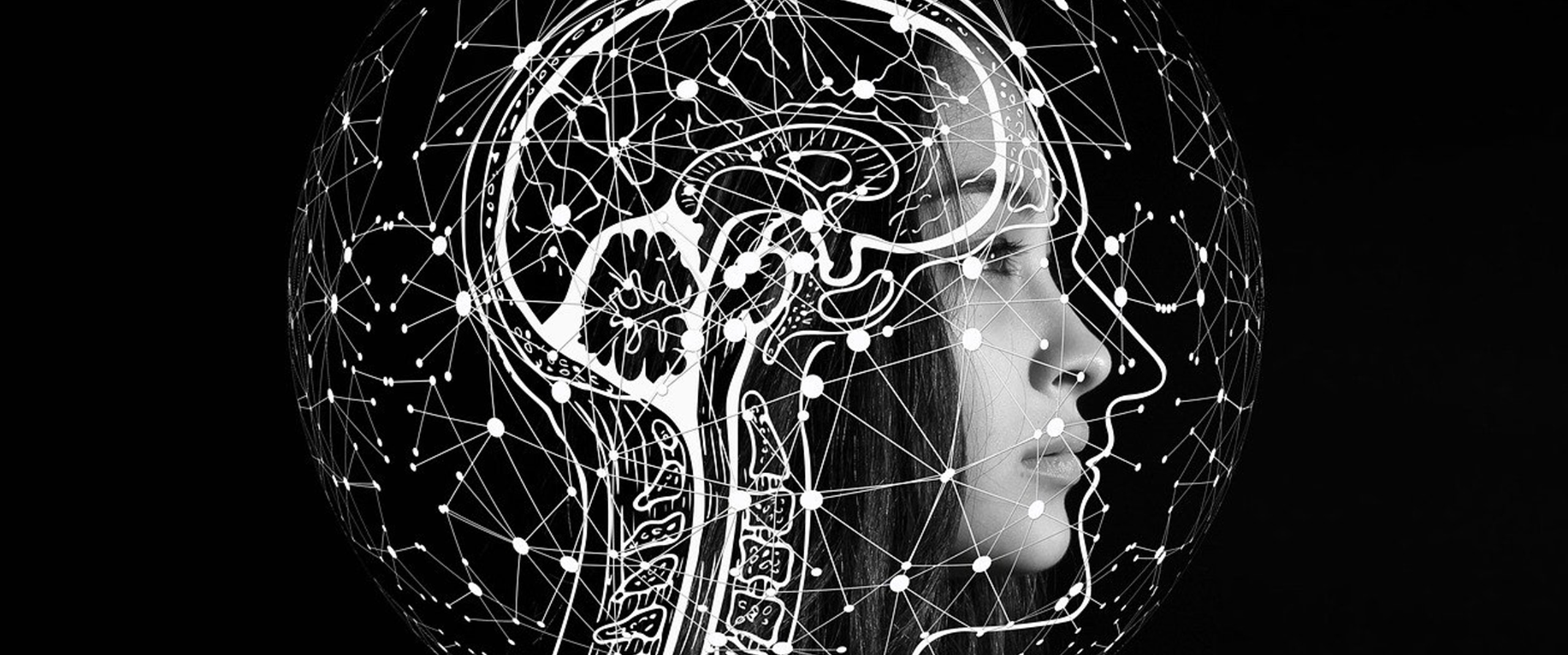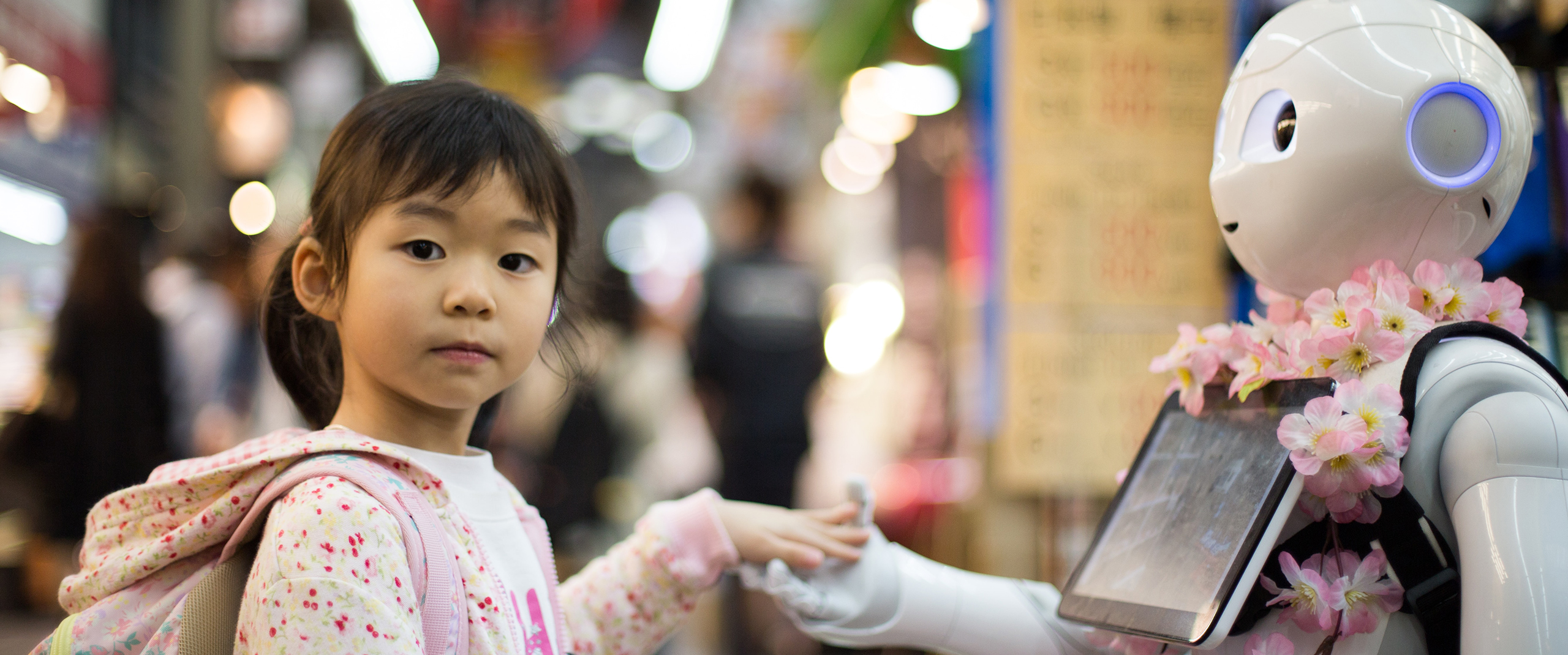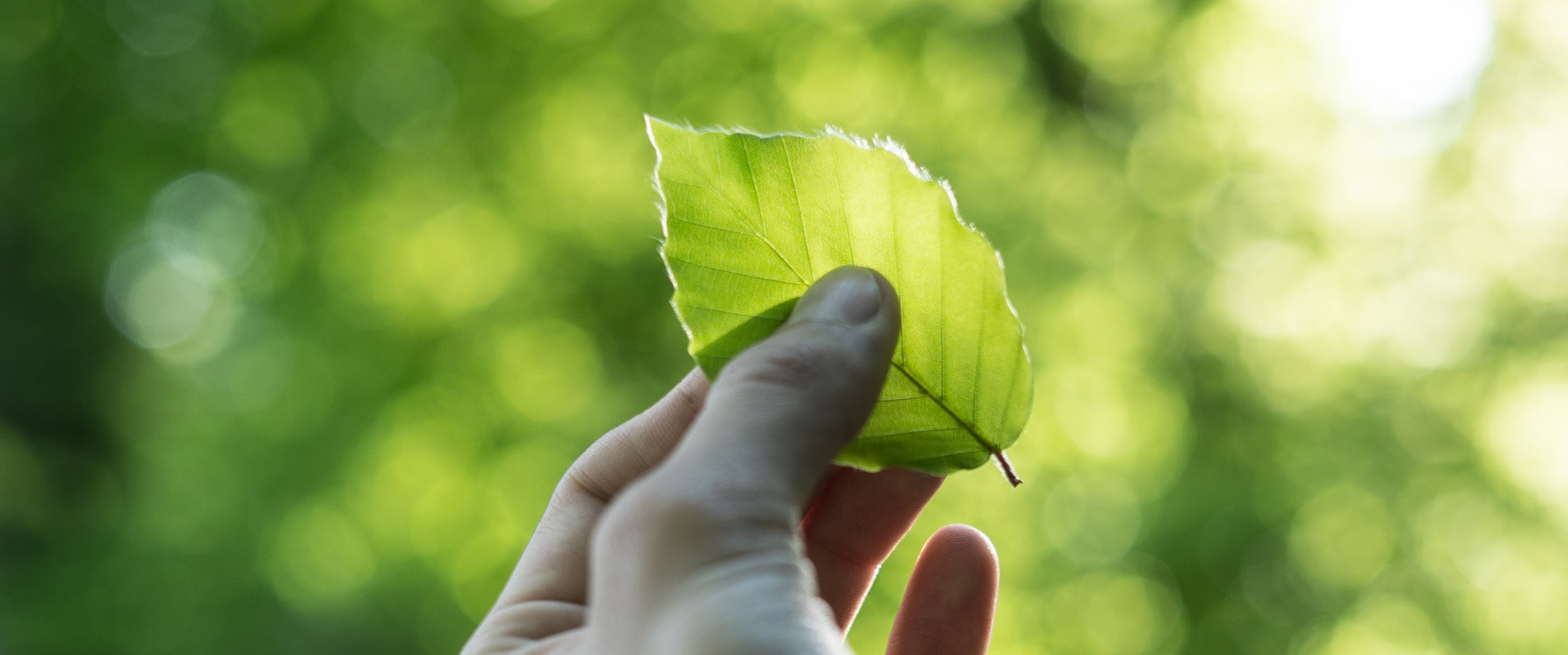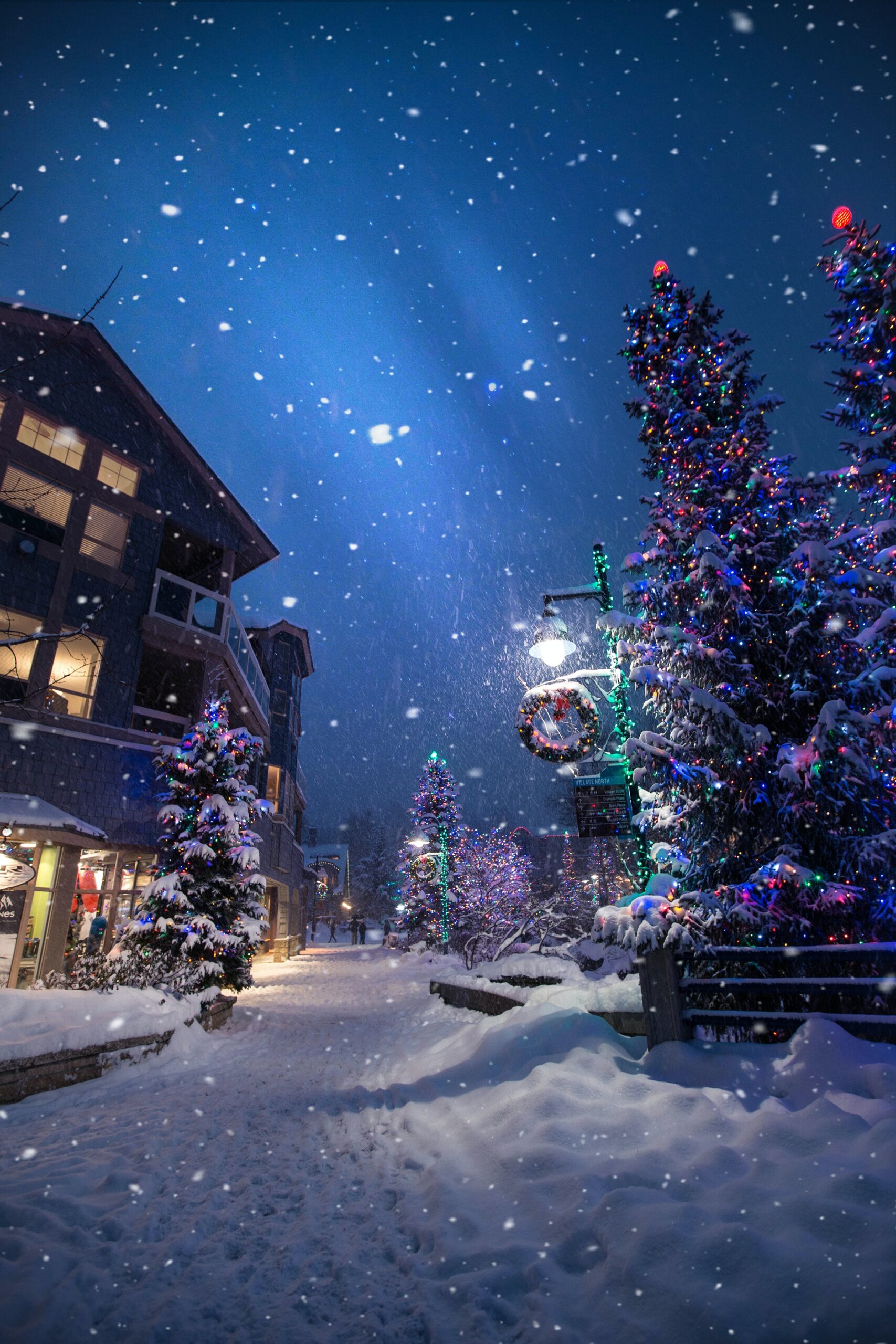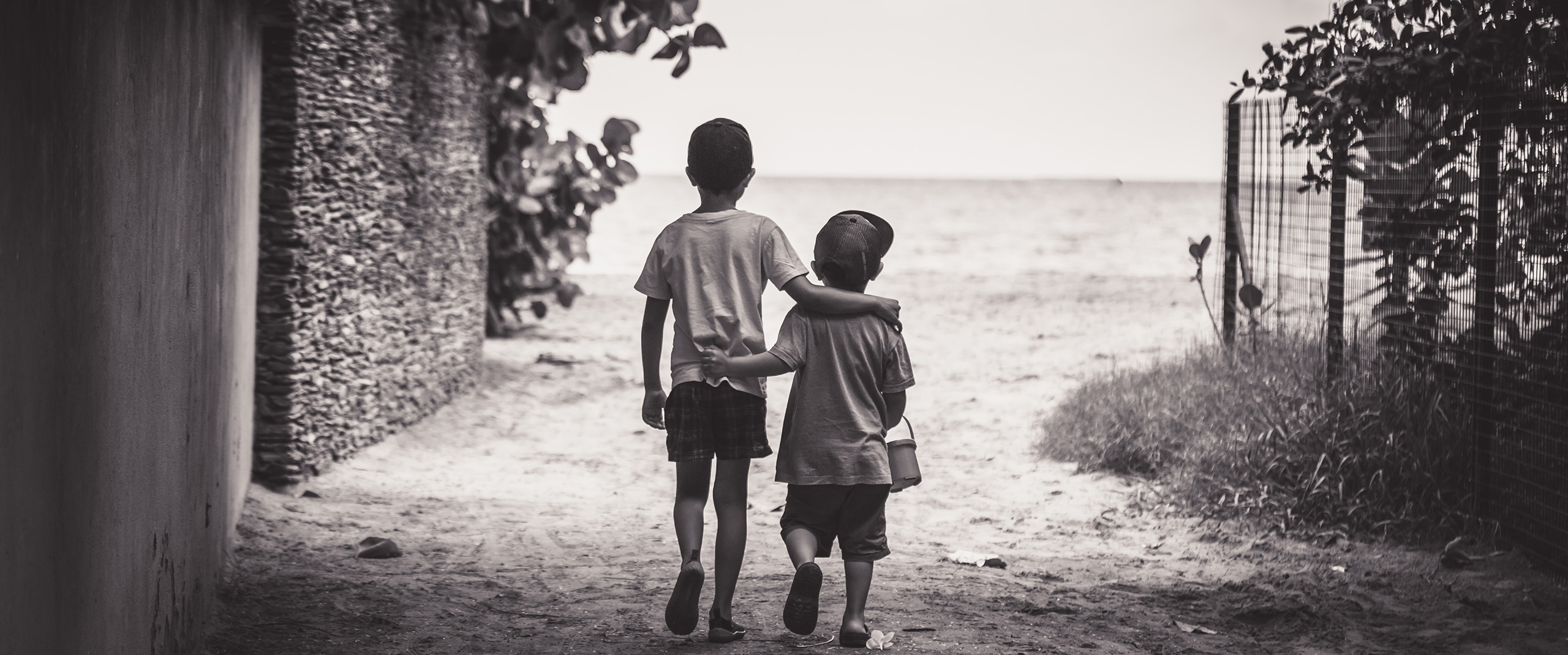How human understanding can help develop more effective packaging.
26th July 2018
Walnut Unlimited
How human understanding can help develop more effective packaging
Shopping. While we all do it, and if you’re like me you probably like to think that you’re pretty savvy at it, the science is against us. When it comes to our grocery shopping, whether it be the traditional weekly shop, or increasingly a more frequent top-up shop, despite what we may think, it is the unconscious that is running the show. At the heart of our shopping behaviour are complex system of emotions and memories that we are largely unaware of guiding these thousands of decisions. While this is great for making us more efficient, it presents a challenge for brands, and more specifically how can packaging disrupt our automated behaviour? How can it become our default ‘go to’ option?
In the UK a typically large supermarket can stock up to 40,000 product lines. Our own work in store, talking to shoppers, reveals that our typical basket will contain only 40 products and the time we spend in front of the fixture will only be 30minutes. Now crunch those numbers – 40,000 products, down to 40, in 30minutes – it suggests we ignore or reject up to 20 products every single second.
Let’s just reflect on that for a second. I can’t think about that many decisions that quickly. I don’t know you but I’m fairly confident you can’t either.
Shopping is an automated behaviour
The numbers serve to prove that much of our shopping trip is automated behaviour – unconsciously our brain is automatically processing the information it receives from our senses (visual primarily from a shopping perspective), filtering out what it decides is not relevant. Our purchase behaviour is determined by our emotions.
Packaging is a constant communicator for your brand and in-store (that first moment of truth) it has three broad roles to play – standing out on-shelf, communicating the brands proposition and creating desire (and so drive a purchase) – all acting on us unconsciously, leveraging our memories and emotions to drive our decision.
So how can we design packaging that is effective on all of those three roles, and which can do this in a fraction of a second?
Stand out from the crowd
What can help a brand not just disrupt our auto-pilot and stand out from the crowd, but also identify your brand? What makes a pack not just unique, but ownable?
How can we navigate a range of products from the same brand to spot the one we want or need? Experience shows that consistency helps us learn, and that helps us navigate faster, and who doesn’t want to find what we want and complete our shop, without mistakes, as quickly as possible?
Emotionally engage the shopper
When we look at packaging and consider one brand against another how can we emotionally engage the shopper through design and so encourage them to pick up your brand? Design – and we’re talking both visual and structural – needs to create a connection through our senses, evoking positive memories we have built up over time, whether it be that sensation of the first thirst quenching sip of a cold drink on a hot summer’s day, or the feeling of satisfaction from effortlessly removing a stubborn stain in the kitchen.
Imagine the value of combining over 25 years of packaging experience of what has worked and what hasn’t, with learnings from neuroscience, psychology and behavioural economics that are helping us understand why they are working.
To hear more of our experiences and key learnings to help your brand develop better packaging – packaging that is effective at a subconscious level (System 1) where our brains operate automatically without our input, please get in touch.
You can also read more about packaging research here.
NEWSLETTER
Sign up for the latest treats straight to your inbox
